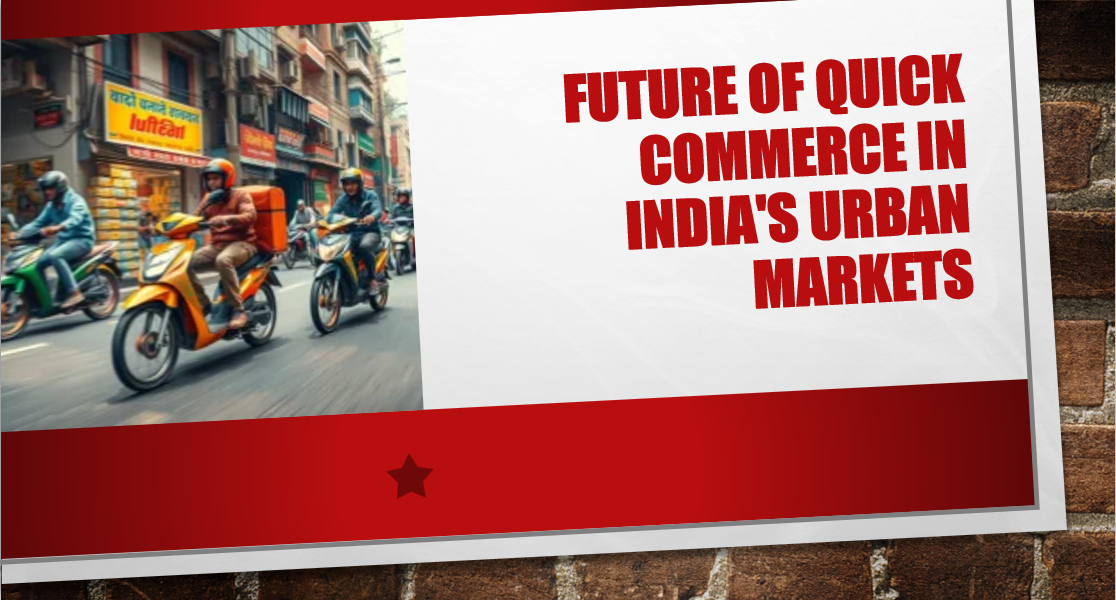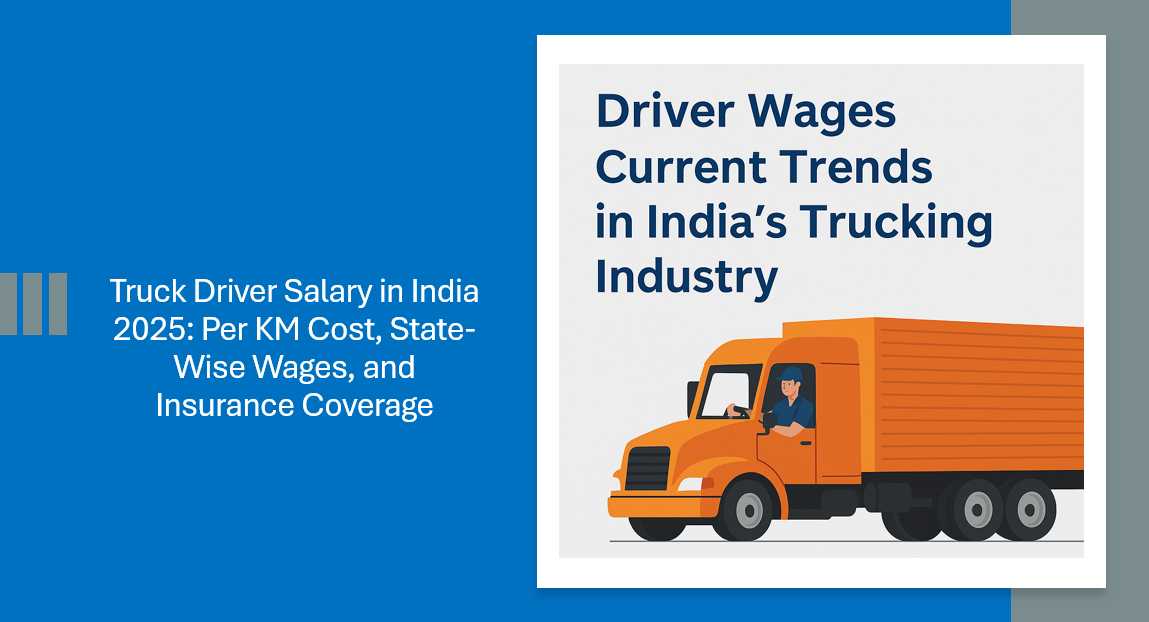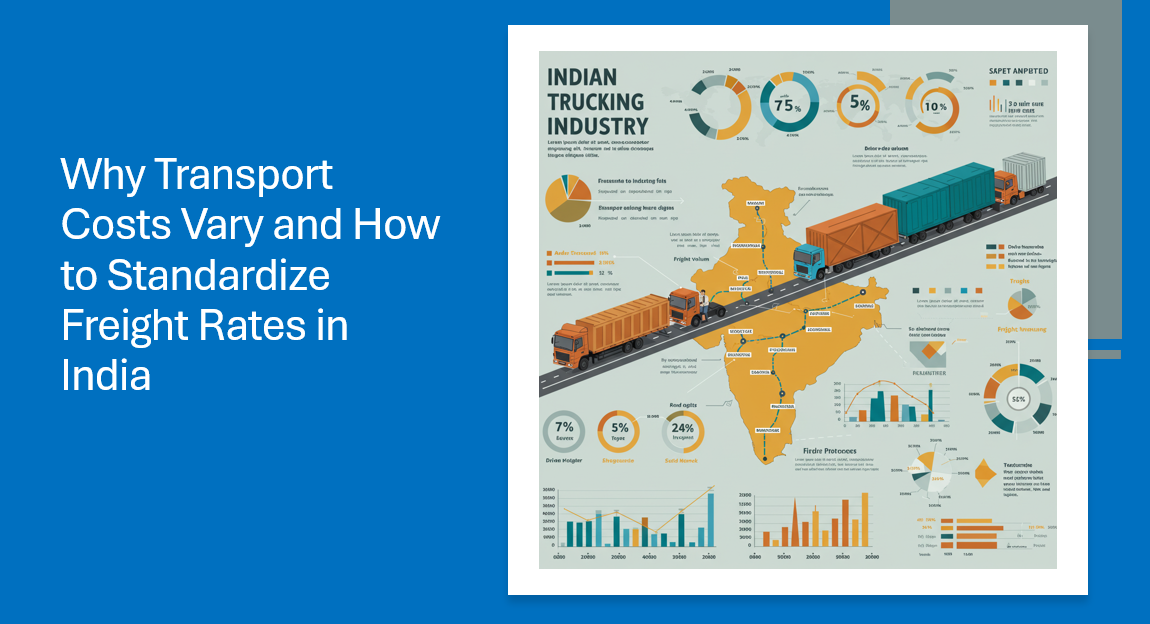Introduction
Quick commerce (q-commerce) is rapidly transforming India’s retail sector by offering ultra-fast deliveries, often within minutes. While this trend benefits consumers, it poses significant challenges for traditional retailers and local transportation networks. This article explores the key effects of q-commerce, how it differs across regions, and its future implications for India’s retail and logistics industries.
Impact of Quick Commerce on Retail Sales
Quick commerce has had a profound impact on urban retail markets, leading to a sharp decline in in-store sales for essential goods. The categories most affected include food, personal care, and household cleaning items, as highlighted in the table below:
| Category | Sales Decline Due to Q-Commerce |
|---|---|
| Essential Goods | 52% |
| Food Items | 52% |
| Personal Care Products | 47% |
| Household Cleaning | 33% |
However, niche markets such as childcare and wellness remain less affected, as purchases in these categories tend to be more considered rather than impulse-driven.
Urban vs. Tier 2/3 Cities: Contrasting Trends
The penetration of q-commerce varies significantly between metropolitan and smaller cities. While urban areas have embraced fast deliveries, traditional retail remains resilient in tier 2 and tier 3 cities due to logistical constraints.
Key Differences:
- In metros, the efficiency of quick commerce has disrupted in-store retail, especially for frequently purchased goods.
- In smaller cities, high delivery costs and inefficient inventory management continue to support physical retail dominance.
Future Market Projections
India’s retail market is expected to experience substantial growth, with both traditional and e-commerce segments expanding. However, q-commerce is expected to accelerate digital retail adoption at an even faster pace.
| Retail Segment | Market Size (2029-30, USD Billion) | CAGR |
| Total Retail | 1,892 | 10.3% |
| E-Commerce | 220 | 22.5% |
Additionally, 50% of Indian consumers prefer a hybrid shopping model that integrates both online and offline options, signaling a shift in purchasing behavior.
Impact on Local Transportation
The rapid expansion of q-commerce is reshaping last-mile logistics and local transportation in multiple ways:
- Increased Demand for Delivery Vehicles – The need for two-wheelers, bicycles, and electric vehicles has surged due to frequent, small-volume deliveries.
- Traffic Congestion – More delivery riders on roads contribute to congestion in densely populated areas.
- Shift in Supply Chain Strategies – Warehouses and dark stores are increasingly being set up closer to residential areas to enable faster deliveries.
- Growth of Micro-Logistics Hubs – Smaller distribution centers are being established to optimize inventory and improve fulfillment speeds.
Conclusion
The rise of q-commerce is both a disruption and an opportunity for India’s retail and logistics sectors. While it significantly impacts traditional retailers, it also presents new avenues for innovation in supply chain management and local transportation. Businesses must adapt by embracing hybrid retail models and optimizing logistics networks to stay competitive in this evolving landscape.








Leave a Reply